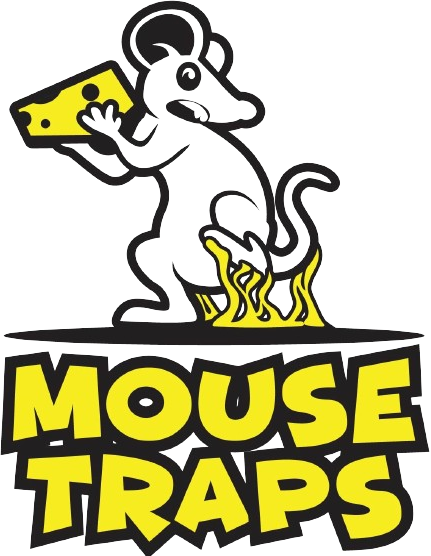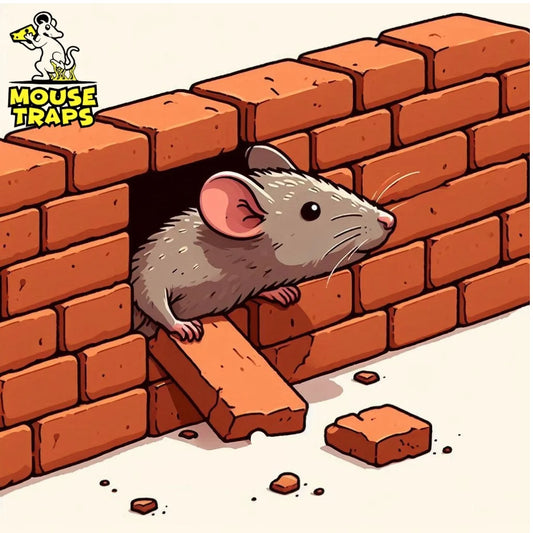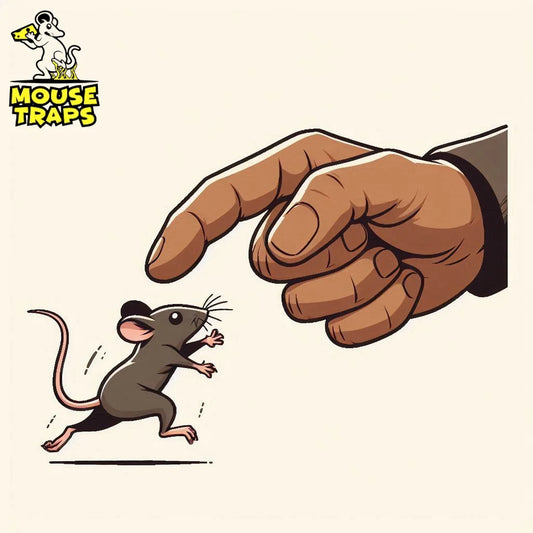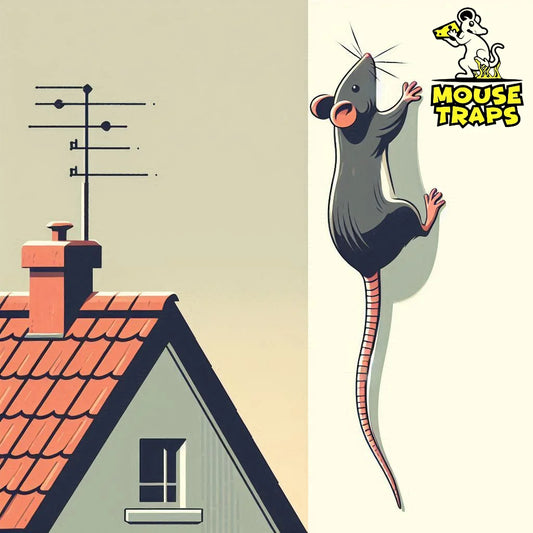Introduction:
Playing outside in playgrounds offers kids a chance to let loose be creative and breathe, in the air. However these areas can sometimes become home to unwelcome visitors like rats and mice. When rodents start nesting in play spaces it not poses health concerns. Also takes away from the fun for children. So how can we prevent rats from turning our playgrounds into their living quarters? In this blog post we'll delve into how effective mouse traps are in keeping rodents from play areas, across the UK.
Understanding the Rat Situation in Playgrounds:
When discussing how to use mouse traps it's crucial to understand the seriousness of dealing with rodents, in recreational areas. Rats, being versatile animals can effortlessly infiltrate spaces when they provide a suitable habitat for them to nest.

Rats are attracted to playgrounds primarily due to the availability of food sources like discarded snacks and overflowing trash bins. Additionally, the presence of sheltered areas, such as crawl spaces and vegetation, can entice rodents to establish their nests.
While it may be tempting to ignore or downplay the rodent problem, it's essential to address it promptly to protect the health and safety of children using these spaces.

The Role of Mouse Traps in Rodent Control:
Mouse traps have long been used as a method to combat rodent infestations. These devices work by luring rodents to a baited trap that snaps shut upon activation, humanely catching and containing the rodent. There are kinds of mouse traps you can choose from, such, as traps, glue traps and humane traps each having their own pros and cons.
Snap Mouse Traps:
These classic, spring-loaded traps are traditional method to deal with rodents. When the rat touches the bait, the trap springs shut, swiftly catching the rodent. Snap traps are considered one of the dangerous ways of capturing rodents.

Live Humane Mouse Traps:
Design and Mechanism: Live humane mouse traps are typically made of metal or durable plastic. They feature a bait compartment and a trigger mechanism that closes the door once the mouse enters. The design ensures the mouse is captured alive without harm. Operation: Bait (such as peanut butter or cheese) is placed inside the trap. Once the mouse enters to retrieve the bait, the door shuts, trapping the mouse inside. The mouse remains unharmed and can be released away from the area.
Benefits:
- Humane Solution: Ensures mice are not injured or killed, appealing to those concerned with animal welfare. Avoids the mess and odor associated with lethal traps.
- Reusable: These traps can be used multiple times, making them cost-effective over the long term.
- Safety: Safe for use around children and pets as there are no harmful chemicals or poisons involved.
- Environmental Impact: Reduces the need for toxic rodenticides, which can harm other wildlife and contaminate the environment.
- Efficiency: Allows for easy monitoring and disposal of mice, reducing the chance of decomposing bodies that could attract other pests or cause odor issues.
Sticky Glue Mouse Pads Traps:
Design and Mechanism: Sticky glue traps consist of a flat board coated with a strong adhesive. They are often placed along walls or areas where mice are known to travel. Operation: The mouse steps onto the board and becomes stuck in the adhesive. The trap is then disposed of along with the trapped mouse.

Benefits:
- Ease of Use: Simple to set up and requires no baiting or complex mechanisms. Ready to use out of the box and can be placed in various locations.
- Low Cost: Generally inexpensive, making them accessible for regular use.
- Immediate Capture: Provides immediate results by capturing mice as soon as they step onto the pad.
- Monitoring: Allows for easy monitoring of pest activity as the presence of trapped mice indicates areas of infestation.
Effectiveness and Considerations Of Mouse Traps:
When used correctly, mouse traps can help reduce the number of rodents nesting in outdoor play areas. However, it's crucial to understand that mouse traps alone may not completely eradicate the problem. Here are some considerations to keep in mind:

- Trap Placement: Proper trap placement is key to successful rodent control. Analyze the play area to identify high-activity zones and potential entry points. This could include corners, fencing gaps, or areas with consistent signs of rodent presence. By placing traps strategically in these locations, you increase the odds of capturing the rodents.
- Bait Selection: Choosing the right bait is crucial in attracting rats to the traps. Peanut butter, chocolate, or bacon are popular choices due to their strong scent and taste. Experimenting with different baits can help identify the most effective one for your particular situation.
- Regular Monitoring and Maintenance: Effective rodent control requires continuous monitoring and maintenance. Check the traps frequently to ensure they are properly set and baited. Regularly dispose of captured rodents and reset the traps to maximize their effectiveness.
- Integrated Pest Management (IPM): Combining mouse traps with other methods as part of an Integrated Pest Management approach can yield superior results. This approach may involve improving sanitation practices, sealing entry points, and removing potential nesting sites.

FAQs:
Conclusion:
It's crucial to keep rodents from play areas to protect children's well being and maintain a clean environment. Although using mouse traps can help it's most effective when paired with methods and an Integrated Pest Management strategy. By placing traps using bait and consistently checking them you can effectively prevent rats from making nests, in outdoor play spaces across the UK. Remember, ensuring a safe and tidy play area is key, to every Childs happiness and safety.





